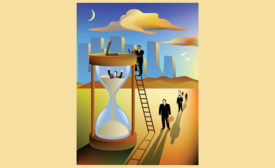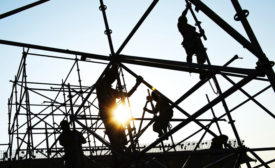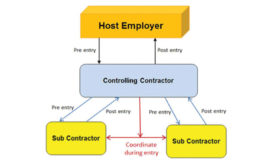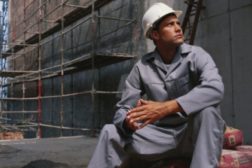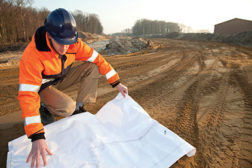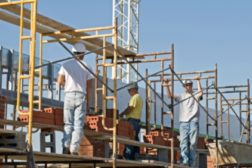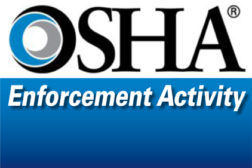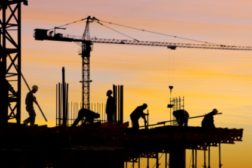Home » construction industry safety
Articles Tagged with ''construction industry safety''
Construction climbs out of the recession crater
Projected headcount increases will still be below 2006 level
October 1, 2015
Construction work in confined spaces
OSHA’s standard confronts constantly changing conditions
July 1, 2015
Philly bricklayers exposed to 30 feet falls at residential construction sites
T and S Masonry fined $100,560
November 20, 2014
Never miss the latest news and trends driving the safety industry
eNewsletter | Website | eMagazine
JOIN TODAYCopyright ©2024. All Rights Reserved BNP Media.
Design, CMS, Hosting & Web Development :: ePublishing
